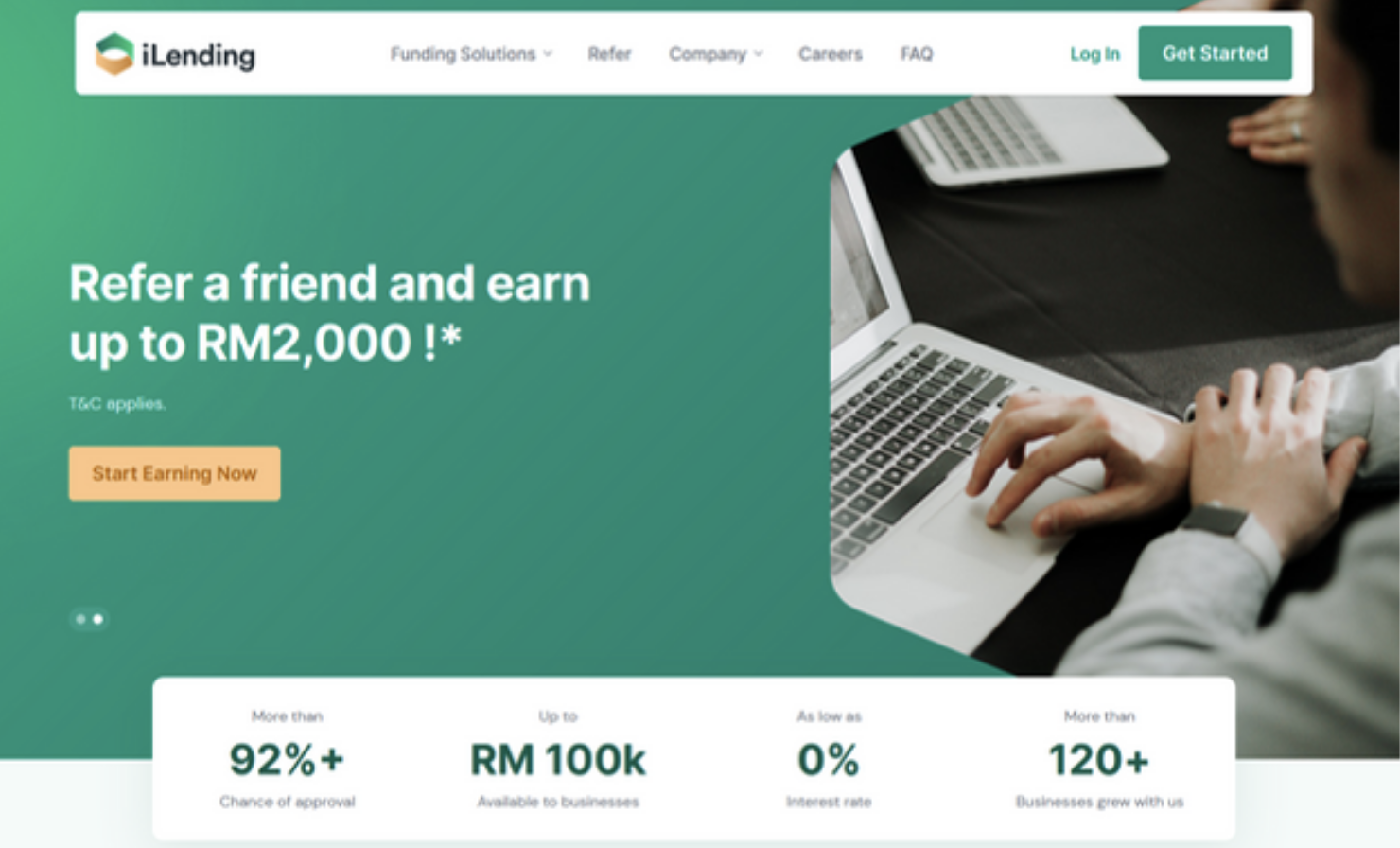Reflecting on My First Big Break: Contributing to iLending’s Platform
When I was working working on iLending I was being passed on to marketing and corporate platforms, well turned out to be the crash course I didn’t know I needed haha. My main role here is as junior Frontend developer on iLending’s large-scale corporate platform builtz with
- React
- TypeScript
- React Form
- Zod
- Chakra UI
- Docker
and implementing responsive design from Figma specifications, this platform also integrating third-party services (Turnkey, Arkmind, Trustgate, Experian).
The WordPress Challenge (Marketing Site)**

Starting with the marketing site felt like familiar territory…. WordPress, right? Nah I don’t like wordpress lol (please don’t ask why I just had bad experience during my early days ;_;). At least I able to picked any solution that can solve or build the easiest so I picked Oxygen Builder as I used it before. Though I remember spending hours figuring out how to implement custom sliders and FAQ sections without breaking the page builder’s flow 😂
The real learning moment came when I had to write custom PHP functions. As someone who was mostly comfortable with vanilla JavaScript and jQuery at the time, diving into PHP was intimidating. But seeing how backend logic connected to frontend elements was eye-opening and fun that time no chatgpt too yayayaayaya I felt so good saying this.
Git Became My Best Friend (and Worst Enemy) - Ilending Corporate Platform
Sure, I could build websites and make things look pretty on Marketing part, but working on iLending’s corporate platform taught me what it really means to be a professional frontend developer. It wasn’t just about writing code that worked - it was about writing code that worked well with a team.
Before this project, my Git workflow was basically:
|
|
Yea, embarassing right?🫠 Well at this stage, iLending forced me to learn proper Git practices:
- Branching strategies: No more committing directly to main/master (thank goodness for branch protection!)
- Conventional commits: Learning to write commits like
feat: add responsive navigation menuorfix: resolve mobile layout overflow issuefelt tedious at first, but now I can’t imagine working without it - Pull request reviews: Having senior devs review my code was intimidating but incredibly valuable, it was one of the best junior moment I even screenshot my convo as my reminder


Responsive Design: Beyond “Just Make It Smaller”
Well not just git I was naive but I also thought responsive design meant adding a few @media queries and calling it a day this mindset when I was working with CSS heavily more early days haha. Working on both the WordPress marketing site and the React corporate platform (especially when I tried tailwind) showed me how wrong I was.
Real responsive design meant:
- Mobile-first thinking from the wireframe stage
- Understanding breakpoints that actually made sense for the content
- Testing on real devices (not just Chrome dev tools, safari is my greatest enemy bruh)
- Making sure the Figma designs translated perfectly across all screen sizes
The Frontend Standards I Actually Learned
- Component thinking: Even on the WordPress side with Oxygen Builder, I learned to think modularly
- Code organization: Proper folder structures, naming conventions that made sense
The Growth:
The iLending project taught me that being a good frontend developer isn’t just about making things look good - it’s about making things work well for users, looking good and responsive and integrate well with the team.
